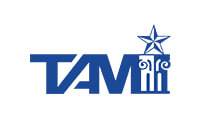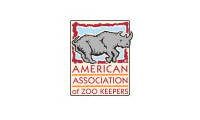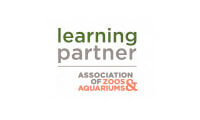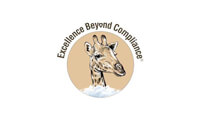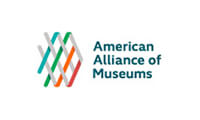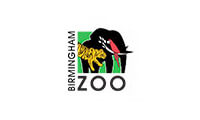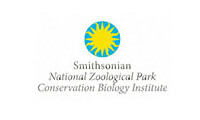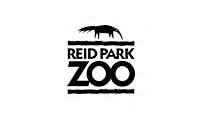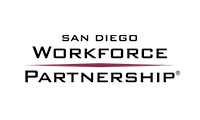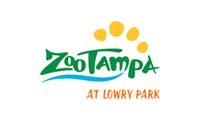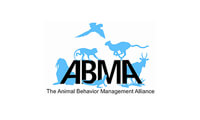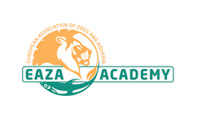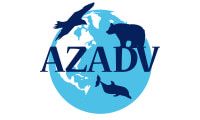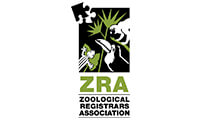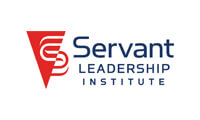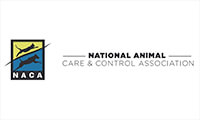Getting Better All the Time
Agency Educational, Electronic, and Enforcement Efforts Under the Animal Welfare Act Protect Animals and Provide for Accountability
By James F. Gesualdi
To keep ahead, each one of us, no matter what our task, must search for new and better methods—for even that which we now do well must be done better tomorrow.
—James F. Bell
The humane treatment of animals has always been a top priority of APHIS, and we use all available resources to carry out this goal. We applaud the work of our inspectors and our partners, and value the partnerships that help ensure enforcement of the AWA.
—Dr. Roxanne Mullaney, Deputy Administrator, U.S. Department of Agriculture, APHIS Animal Care
The Effectiveness of the Animal Welfare Act in Safeguarding Animals Requires Many Things
Things start with the Animal Welfare Act (AWA) law and regulations, which must provide clear standards. For example, the 2023 promulgation of new bird regulations with bird-specific standards. Then it is essential that regulated entities are fully aware of and understand their significant responsibilities. It is incumbent upon individuals, facilities, and organizations to have the knowledge, insights, and experience to fulfill their legal (and moral) responsibilities to the animals entrusted to their care. Agency outreach through educational efforts of the Center for Animal Welfare, Animal Care Aids, Animal Care Tech Notes, and inspector engagement help reinforce and refine regulated entities’ and professionals’ command of the application of the AWA to real-world animal situations. The agency innovates and continues to use electronic resources and tools to aid in the administration of the AWA. When regulated entities do not comply with a given standard, agency inspectors cite those instances on publicly available inspection reports. Serious (and chronically repeated) noncompliances (perhaps indicating an inability to fulfill regulatory requirements) can prompt strong enforcement actions from the agency acting in concert with others, including the U.S. Department of Justice.
Taken together, all these and other things help protect and save animals and promote their well-being. “Using all available resources” to do this begins with us. Regulated entities, zoological caregivers and other professionals, and zoological organizations can continuously improve, do even more, and get better at helping animals. The agency can do likewise, though it is often in a more reactive position during inspections and enforcement. Other stakeholders, including critics, the public, and the media can also seek greater understanding and engage more constructively so as to spur action that truly benefits individual animals.
Antimicrobial Resistance Resources
The agency has rightly found that antimicrobial resistance (AMR) is a significant risk to animal well-being. To better equip regulated entities and their attending veterinarians, a recent program for veterinarians, “Antimicrobial Resistance (AMR)—The Role of the Attending Veterinarian at Animal Facilities,” discussed the issue and identified proactive protective measures to safeguard animals. A video of the program and the PowerPoint are available on the agency’s Attending Veterinarian webpage. Three related Animal Care Aids, “Infection Control Practices,” “Cleaning and Disinfection Procedures,” and “What is Antibiotic or Antimicrobial Resistance (AR)?,” have been issued and are available here.
In the presentation and related materials, the agency shared practical suggestions for measures any facility can undertake (and most certainly already do). For example:
- Preventive medicine program that includes vaccinations, deworming, and screening tests.
- Written treatment protocols.
- Nutrition choices, food handling, preparation, and storage.
- Minimizing health stressors, such as underlying conditions including parasites, poor body condition, and allergies.
- Managing immunocompromised patients carefully through infection control measures and emphasizing communication.
- Infection control strategies that include animal and human hygiene, quarantine/isolation, Personal Protective Equipment (PPE), and disinfection.
- Maximizing animal welfare knowing that poor welfare leads to chronic stress that suppresses the immune system, thus leading to more infections.
- Eliminating stressors from housing (sanitation, injuries, overcrowding, fighting, compatibility), environment (temperature, humidity, ventilation), nutrition (appropriate diets, animals in good body condition), and psychological distress (enrichment, socialization).
The 2nd Revised Edition—August 2023 of “Handling Fish Fed to Fish-Eating Animals” is Now Available
Action: Every zoological organization feeding fish to any of their resident animals should review this immediately, available here.
The publication includes all sorts of invaluable guidance for all points of fish handling, including ordering, purchasing, and receipt through storage, thawing, and feeding (including cleaning and sanitation) to validating procedures and sampling. There are helpful images, photographs, and charts throughout, as well as highlighted “Must’s” and “Should’s.” According to the publication, “Using these newly updated guidelines along with the appropriate documentation should allow institutions that feed fish-eating animals to meet or exceed regulations current at this time.” This will also be a handy resource for retrospective reviews where the subject animals are fish eaters.
E-Filing More Widely Available, Especially for Licensing
In a December 20, 2023, stakeholder announcement, USDA APHIS rolled out its completed e-file system to streamline licensing for Animal Welfare Act regulated entities, among other things. The APHIS eFile page includes links to the Animal Care Licensing and Registration Assistant, which determines whether an AWA license or registration is needed, and redirects one back to the Animal Care website for information like inspection reports available through the Public Search Tool. The Public Search Tool is one of the most important agency resources (along with the “Blue Book” of regulations and the Animal Welfare Inspection Guide). It is indispensable to learn about noncompliances cited and how the citations are framed, as well as many other insights. The Public Search Tool also can be used to submit a Freedom of Information Act (FOIA) request. Step-by-step instructions to do this can be found here.
Enforcement
A January 9, 2024, stakeholder announcement (containing the statement from Dr. Mullaney quoted above) reported penalties—including substantial fines, license revocation, and animal confiscations/seizures—relating to a Virginia breeder. It also noted key roles of the USDA Office of the General Counsel, U.S. Department of Justice, and organizations helping rehome the animals. The release concluded by stating, “In cases where APHIS has reason to believe that an AWA licensee is placing the health of its animals in serious danger, APHIS has the authority and obligation to notify the Attorney General.”
Be Proactive, Do More than Is Required, Work with the Agency, and Uphold Recognition as an Important “Available Resource” to Make Things Better for Animals
You should do and be your best for the animals, yourself, and your organization. Study the regulations, guidance, and professional practices, and learn from everything—your own experiences and mistakes, others, the agency, critics, and enforcement actions—to be more resourceful and the best possible resource.
Don’t wish it was easier, wish you were better.
Don’t wish for less problems, wish for more skills.
Don’t wish for less challenge, wish for more wisdom.
—Jim Rohn
© 2024 James F. Gesualdi, P.C. The opinions expressed herein are solely those of the author. This is not, nor should it be construed as, legal advice.



